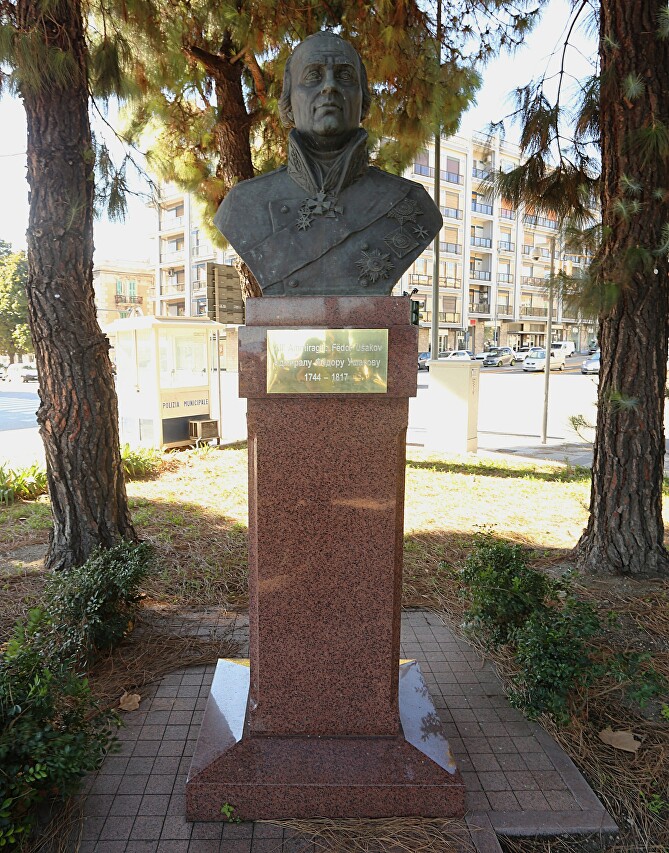Square of Russian sailors, Messina
Along the embankment of Victor Emmanuel II, directly opposite the column of the Madonna della Lettera, there is a narrow square named Largo dei Marinai Russi (Square of Russian sailors).
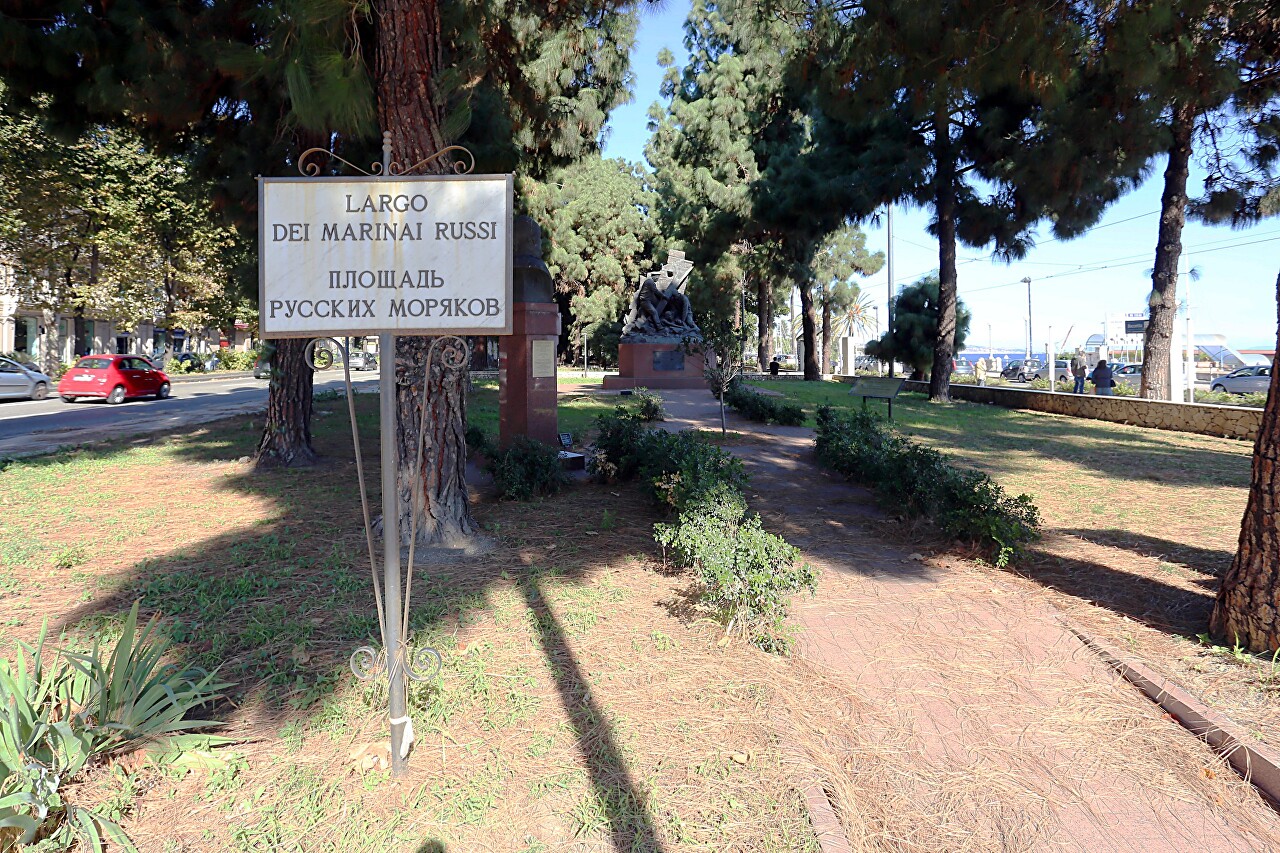
At the end of 1908, a training detachment of the Russian Navy consisting of the battleships "Tsesarevich" and "Slava", the cruisers "Bogatyr" and "Admiral Makarov", and the gunboats "Gilyak" and "Koreets" was in the Mediterranean sea and since December 12 was anchored in the port of Augusta, 70 kilometers South of Messina, periodically going to sea for training shooting and maneuvering. On the night of December 28, a strong rumble was heard, and after a while a huge wave came into the Bay, which turnedships in the roadstead. In the afternoon, the Russian Vice-Consul A. Makeev arrived on the "Tsesarevich", accompanied by the head of the port, they informed the commander of the detachment, rear Admiral V. I. Litvinov, about the catastrophic earthquake in Messina and handed a telegram from the prefect of Syracuse with a request to help the completely destroyed city. The commander of the detachment did not waste time on formalities, but gave the command to choose anchors and set a course for Messina, without waiting for instructions from St. Petersburg. Even at sea, teams of rescuers were organized, divided into shifts, and all the tools on the ships were collected, suitable for sorting out debris.
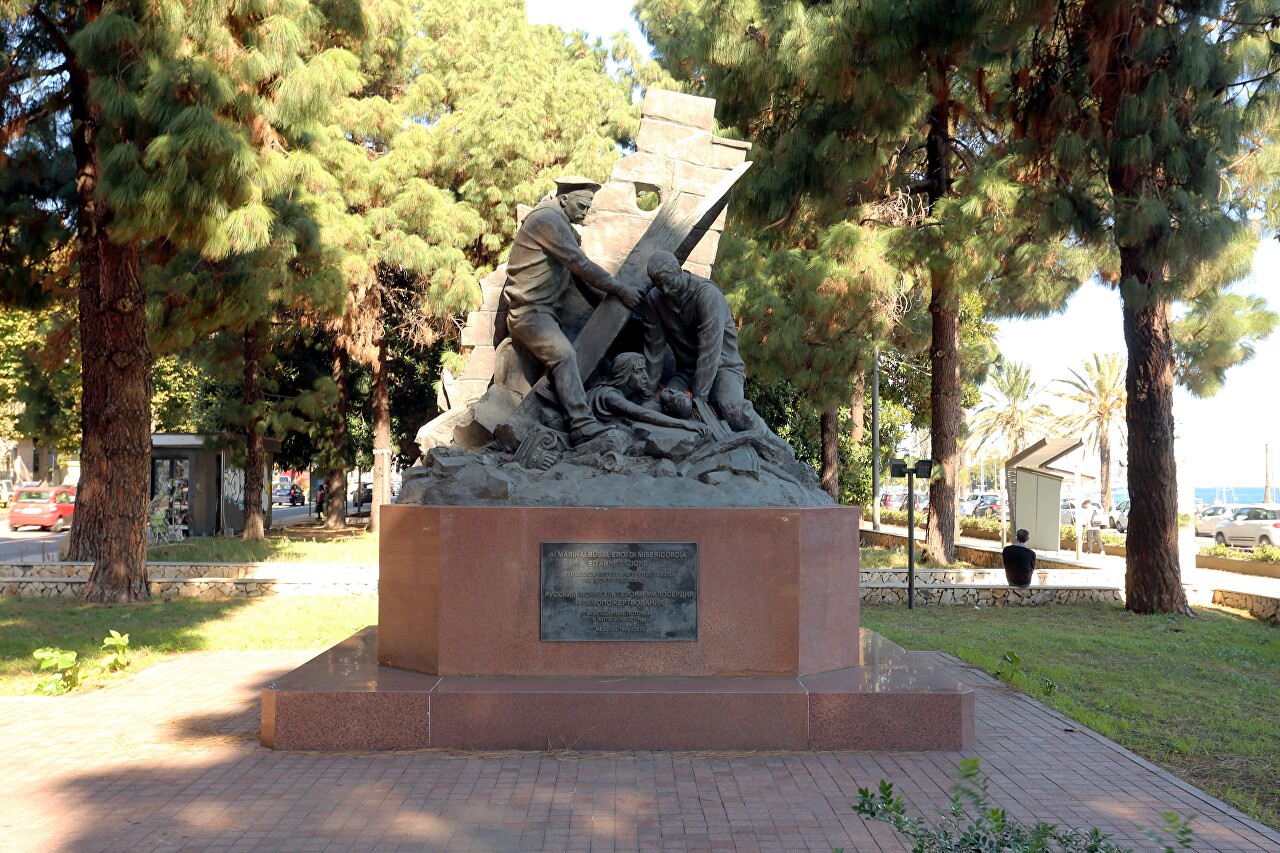
Entering the Strait of Messina, the sailors saw a terrible picture. The earthquake with its epicenter at the bottom of the Strait, almost within the city limits, destroyed the absolute majority of buildings in the city as well as more than two dozen coastal villages. After the three underground attacks occurred within minutes, on the waterfront was hit by three waves with a height of three meters. The disaster broke out at 5: 20 am, when all the residents of the city were in their beds, which caused huge casualties - in Messina alone, more than 60 thousand people died, almost half of the city's population. To make matters worse, fires broke out in many of the destroyed buildings. The rescue operation lasted from December 29, 1908 to January 3, 1909. 3,202 sailors, including 133 officers and 164 midshipmen, participated in the debris analysis. The sailors recovered about 2,500 victims from the ruins of the city, and 1,800 wounded were transported to hospitals in Syracuse and Naples. Three sailors were killed while clearing the rubble.
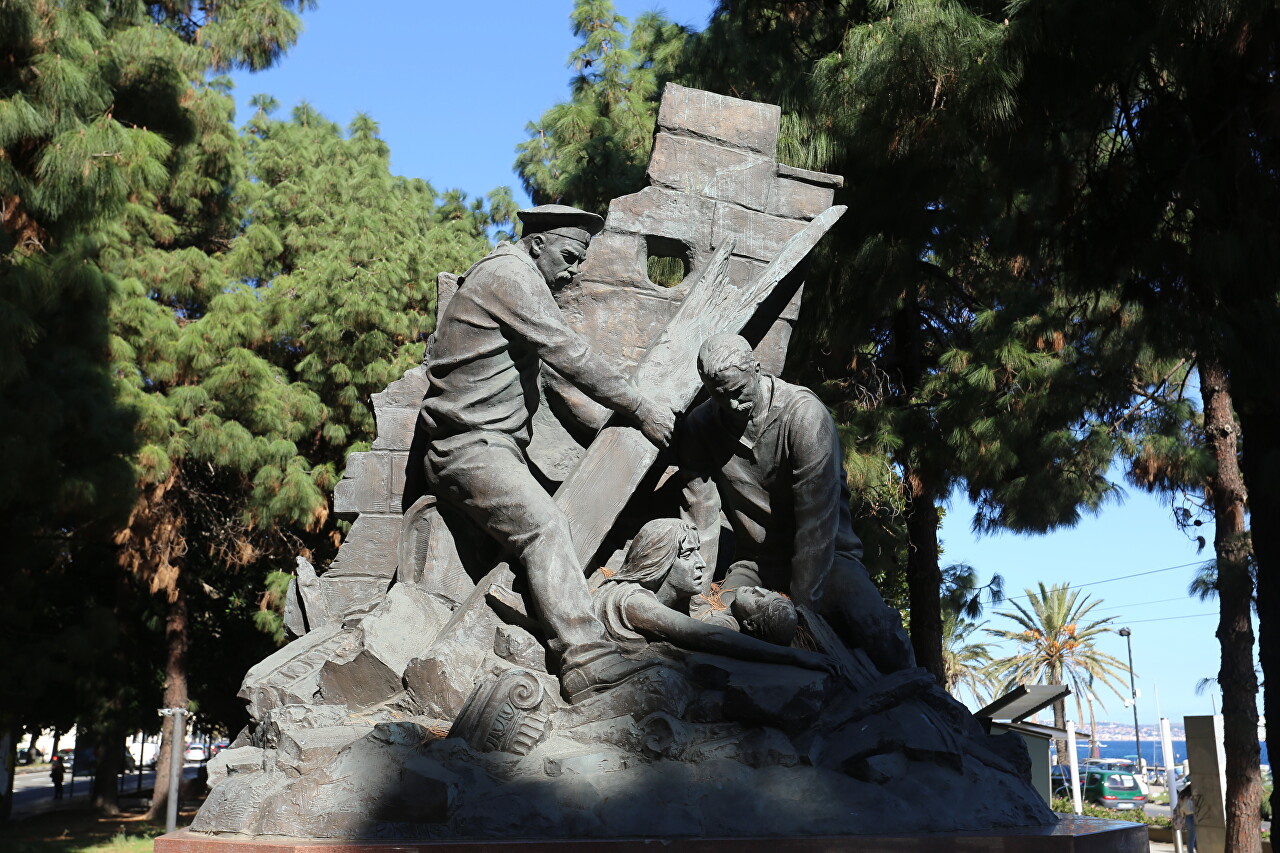
The author of the monument is the sculptor Pietro Kufferle (1872-1942), an Italian with German roots. Son of a retired Austrian officer living in Graduated from the Academy of fine arts in the same city, worked in Prague, in Venice. In 1899, he was invited to Saint Petersburg, to the brothers Bot workshop, where He worked for 8 years. Pyotr Osipovich, as he was called in the capital of the Russian Empire, created his own school of marble sculpture, taught in the page corps, and was a member of several art societies. The sculpture depicting Russian sailors rescuing residents of Messina from the rubble was made by him in 1911.
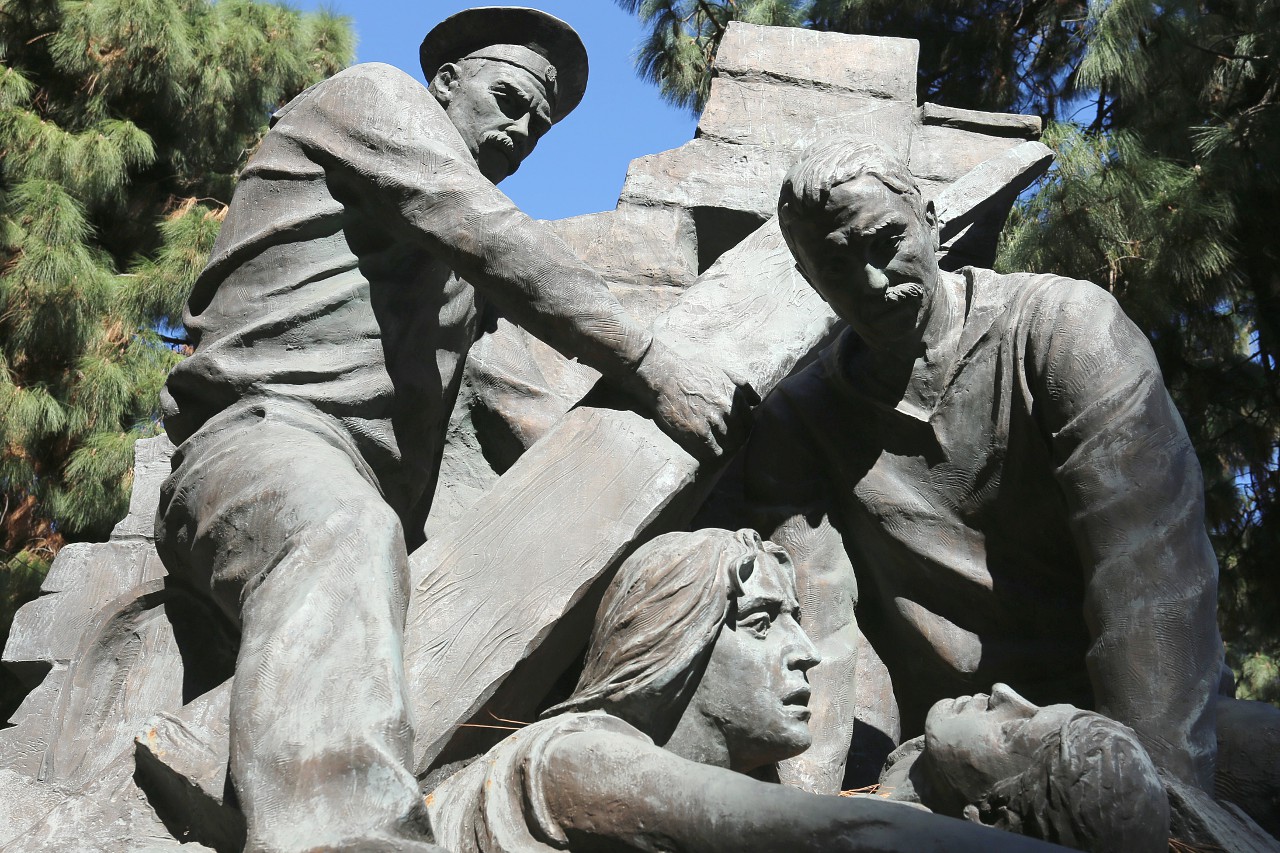
In 2012, a bronze casting was made in the workshop of V. Klykov based on Kufferle's sculpture. The work was attended by the sculptor Klykov, architect Igor Voskresensky, design engineer V. Mamangun. Initiators of the monument : the Center of national glory of Russia, the Andrew the first-called Foundation, The international Foundation for Slavic writing and culture, the Ministry of emergency situations and the Ministry of defense of Russia. Assistance was provided by the municipality and the public of Messina, as well as the Consulate General of Russia in Palermo. The monument was opened on June 9, 2012.
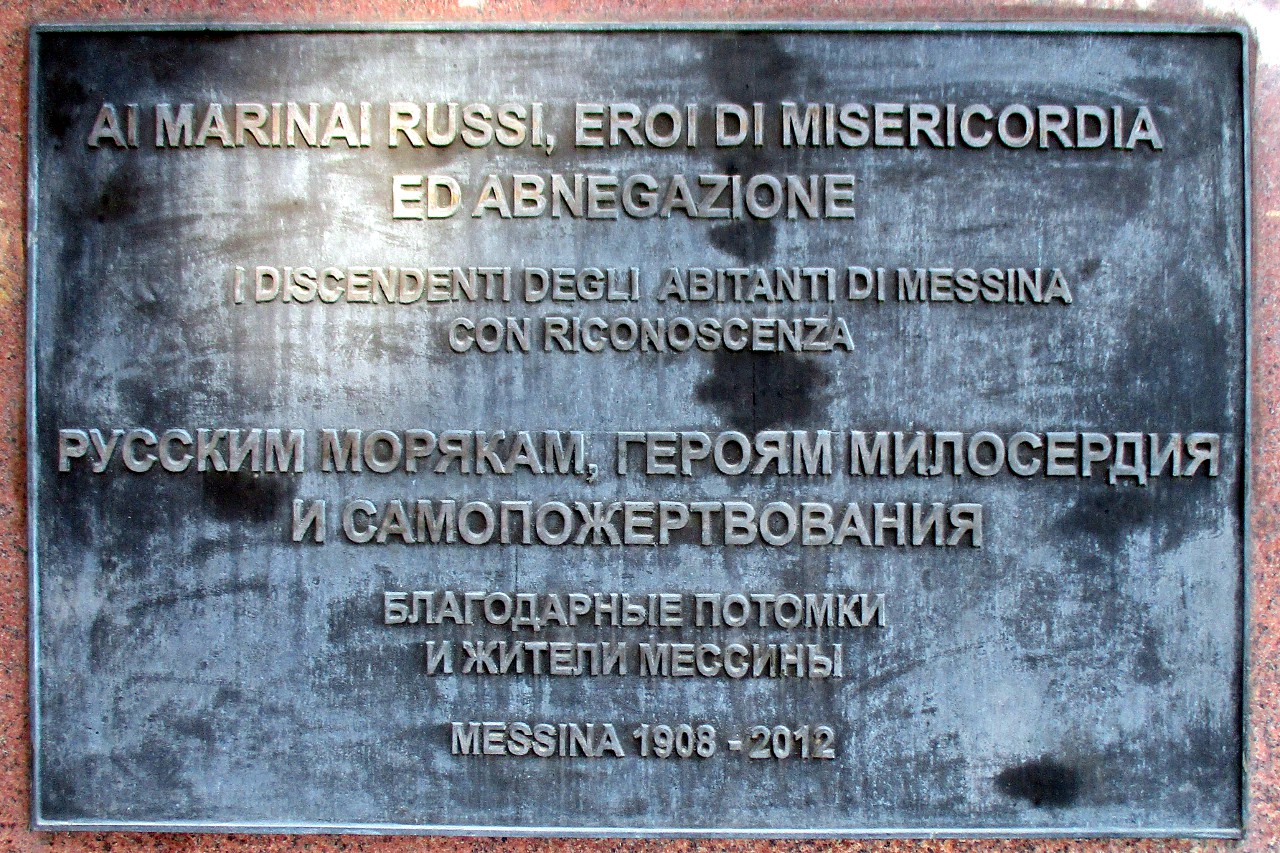
On April 24, 2013, a bust of Russian naval commander Fyodor Ushakov was installed in the square . The author of the sculpture of D. A. Coccolo.
